Blog Posts
The value of healthcare information technology for a diabetes journey
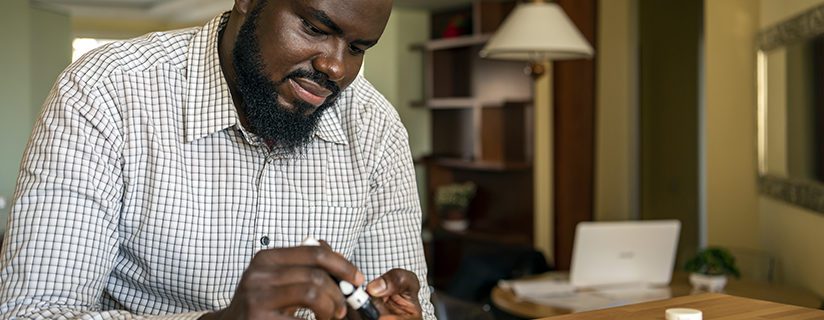

Editor’s Note: To recognize National Diabetes Awareness Month (Nov. 2020), Allscripts Richard Hornaday shares his experience as a newly diagnosed diabetic patient and discusses how information technology is playing a huge role in enabling self-care.
As a recently diagnosed type 2 diabetic, I’ve taken some time to look back and take stock of the all the elements that led up to my diagnosis as well as examine all aspects of my care plan. Given my professional focus on patient safety, I have also inherently done all these assessments with safety-related “filters” fully engaged.
Regarding my formal diagnosis, it’s useful to note that due to my family medical history, a type 2 diabetes diagnosis seemed more of a “when” situation rather than an “if.” As a result, I have been very diligent in getting annual physicals and my primary care physician (PCP) and I have been very proactive in monitoring early indicators.
Despite this focus, “real life” intruded and I went into my last annual physical after a gap of 18 months, in December 2019, right before the holidays. That gap only fostered more time for the disease’s onset and progression. The timing ended up being quite important, given that my PCP is associated with my wife’s employer, and their office, along with all their related support services, was closed for the holidays.
Given the time pressures, my coordinated care team (PCP, nutritionist, physical trainer) were all quickly engaged to initiate a systems-based approach to my care. While I was fortunate to be able to manage these activities in-person before the holiday break, I realize that each activity would have been just as productive if conducted remotely.
How healthcare information technology (health IT) played a role
Health IT in the form of continuous glucose monitoring (CGM) that I was prescribed after my diagnosis was essential for self-assessment during the gap in my PCP visit and provided data and trend information to my PCP for our visit after the holidays. I also needed to rely on my CGM to help direct any adjustments to my daily care that highlighted the value of this wonderful piece of health IT. As a systems’ engineer who is fascinated by data, I used my CGM device to identify my “problem foods” and identify the extremely positive impact of even moderate workouts on my blood sugar. This had the added useful effect of establishing a strong behavior modification tool.
Equally important, the historical data maintained by my CGM device was key in properly re-assessing my treatment and providing evidence-based justification for Overcoming Therapeutic Inertia after the holiday break. As a non-clinician with a background in healthcare IT patient safety, I was not previously aware of the concept of “Overcoming Therapeutic Inertia,” but as I looked into this, I realized the key framework for this (empower patients, optimize care and treatment, leverage tools and tech) could benefit and drive safer care via the use of health IT (it also heightened the respect I have for my PCP, who was following these best practices vigilantly).
My personal experience with remote patient monitoring and telehealth just before the onset of the COVID-19 pandemic also provided me with direct experience with the benefits (both clinically and personally) these tools offer to help offset the risks brought about by COVID-19. As I continue on my own journey and face challenges, I’m glad that at least health IT is on my side to help me stay well.

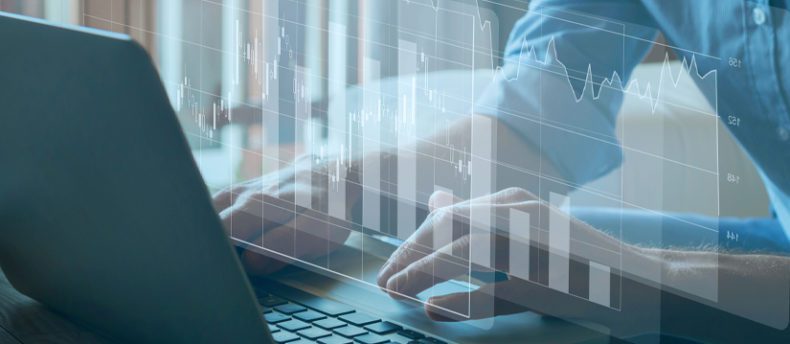
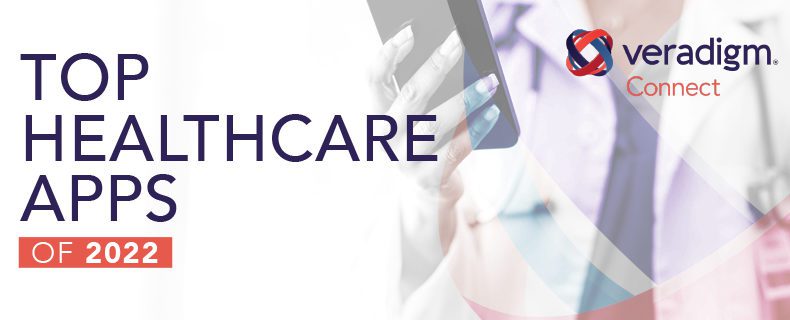
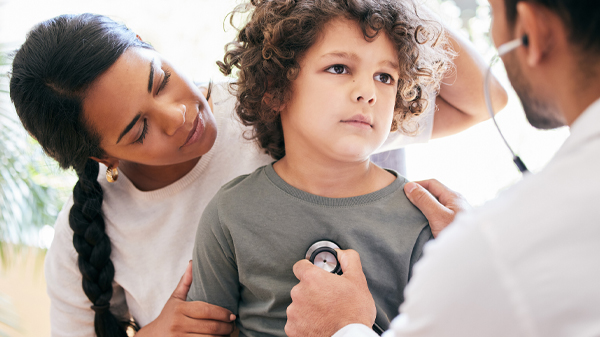

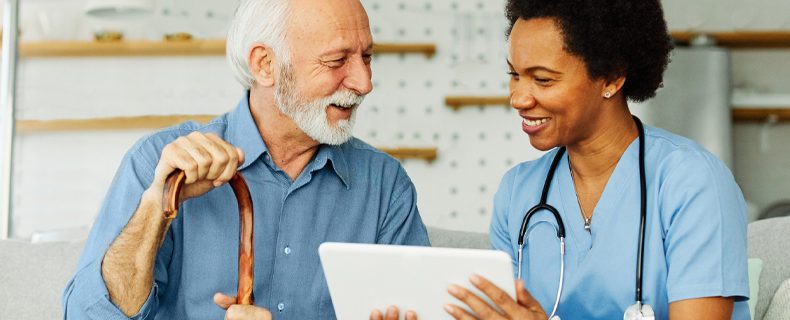



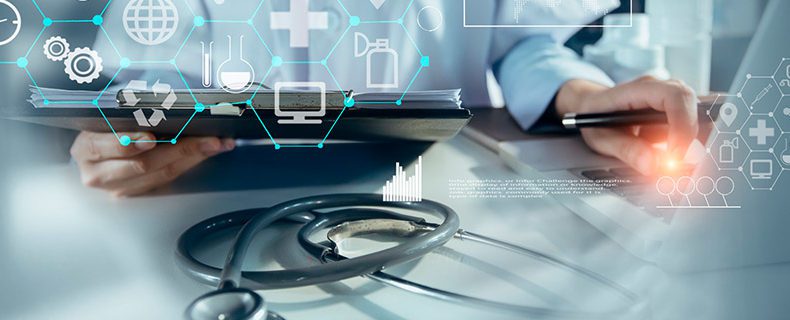
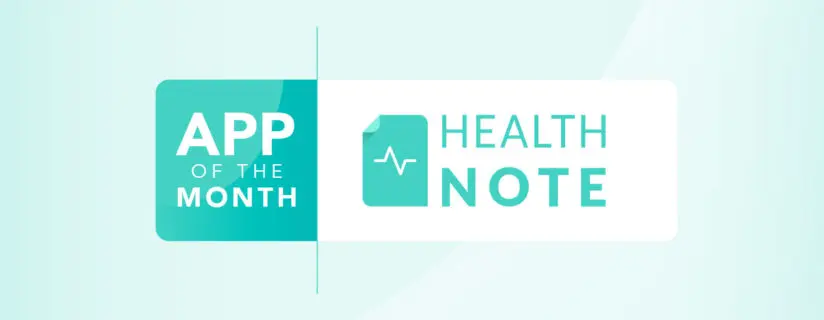
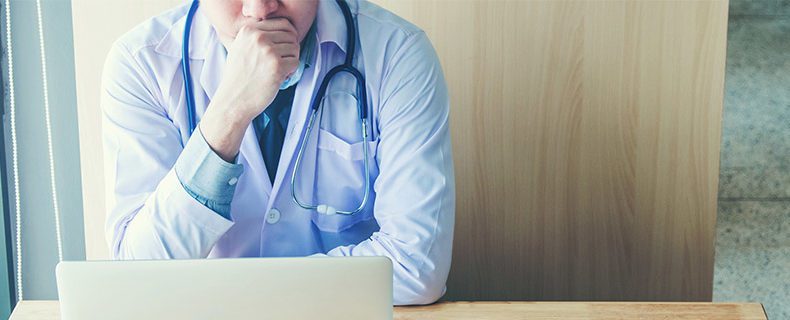
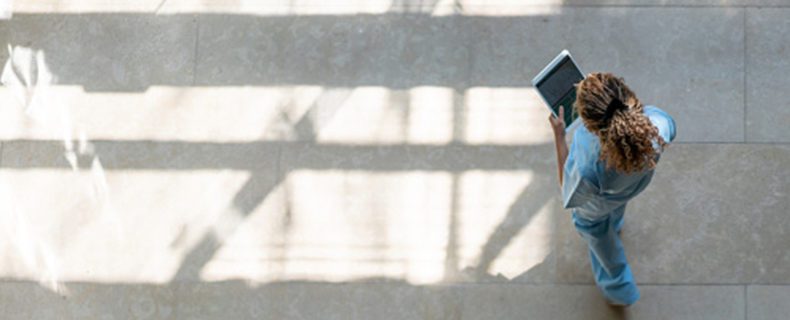
I enjoyed your testimony Richard, and wish you the best.